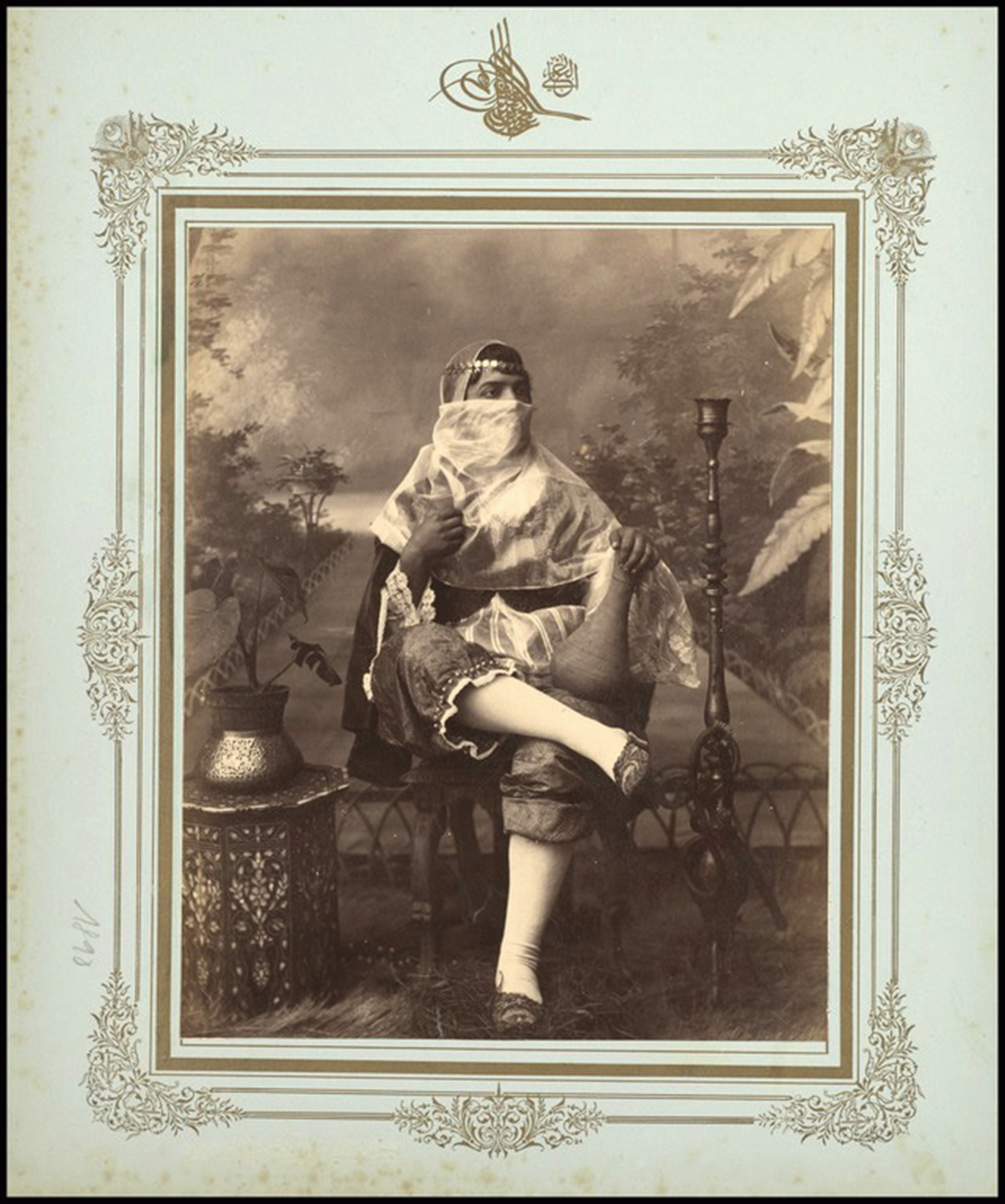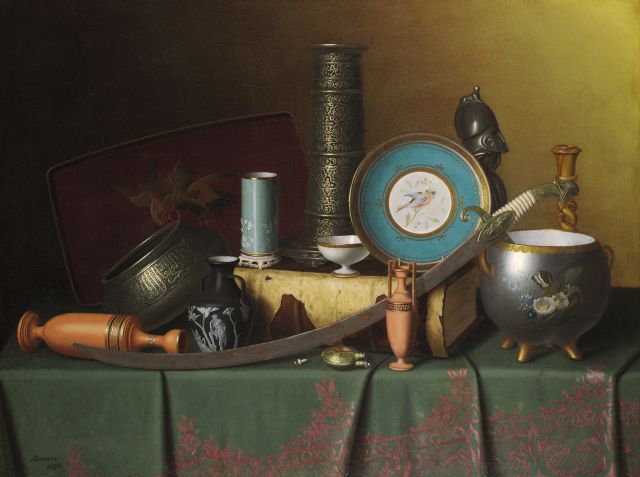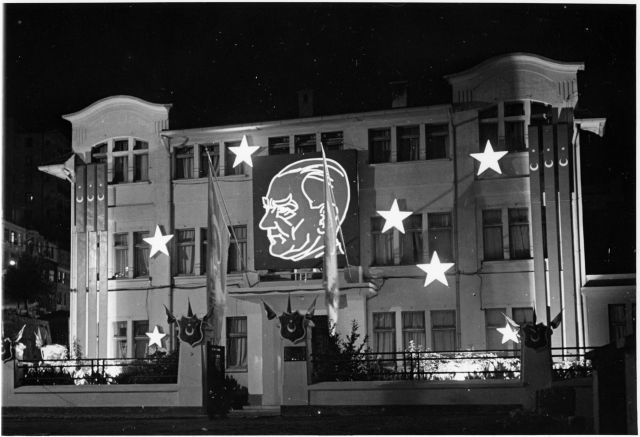Workshop
A la Turca: What makes Photographs Ottoman?
with Nancy Micklewright and Erin Hyde Nolan
Organized by the Max-Planck-Research Group "Objects in the Contact Zone – The cross-cultural Lives of Things"

In October 1839, ten months after simultaneous pronouncements of photographic discovery made by William Henry Fox Talbot in England and Louis-Jacques-Mandé Daguerre in France, photography arrived in the Ottoman Empire. In Istanbul, the introduction of photography by European travelers in the 1840s was quickly followed by an influx of locally run studios. By 1900, there were sixty-five Ottoman-owned photographic firms in the Ottoman capital, many of which occupied a dense five-block expanse on the Grande Rue de Pera (the Broadway of Istanbul, where the stylish and posh congregated each evening to promenade in the most current of fashions). Photographs by Ottoman firms, such as Abdullah Frères, Pascal Sebah, Gülmez studio, and Vasikali Kargopoulo, quickly saturated the global photographic market. They permeated the palace walls, coat pockets of the public, and trunks of the city's sightseers.
Ottoman photographs operate at the very center of a larger epistemological conversation, and in turn, destabilize deep-rooted intellectual discourses – universal, anti-colonialist, and modern. In proving that image making is, and always has been, a reciprocal and intercultural process, Ottoman photographs challenge our understanding of cultural belonging in a place where identity, and representations of that identity have always been manifold and malleable. The question remains: how do we categorize such interdisciplinary and discursive photographs? Are they Eastern? Western? Or both? Such inquiries reflect on the ever-present debate surrounding Turkish identity epitomized by the nation-wide protests in June 2013 and the country's continued unrest. This workshop considers the historiography of Ottoman photographs and how the study of these images has developed and changed over the last few decades. We will discuss what it means to be Eastern or Western, Ottoman, Turkish or European and how these categories can be as constructed as the photograph itself.
21. Juni 2016, 14:00 Uhr
Kunsthistorisches Institut in Florenz
Max-Planck-Institut
Casa Zuccari
Via Giuseppe Giusti 49
50121 Firenze
Hinweis
Diese Veranstaltung wird durch Fotografien und/oder Videoaufnahmen dokumentiert. Falls es nicht Ihre Zustimmung findet, dass das Kunsthistorische Institut in Florenz Aufnahmen, auf denen Sie erkennbar abgebildet sein könnten, für die Veranstaltungsdokumentation und Öffentlichkeitsarbeit (z.B. Social Media) verwendet, bitten wir um eine entsprechende Rückmeldung.




